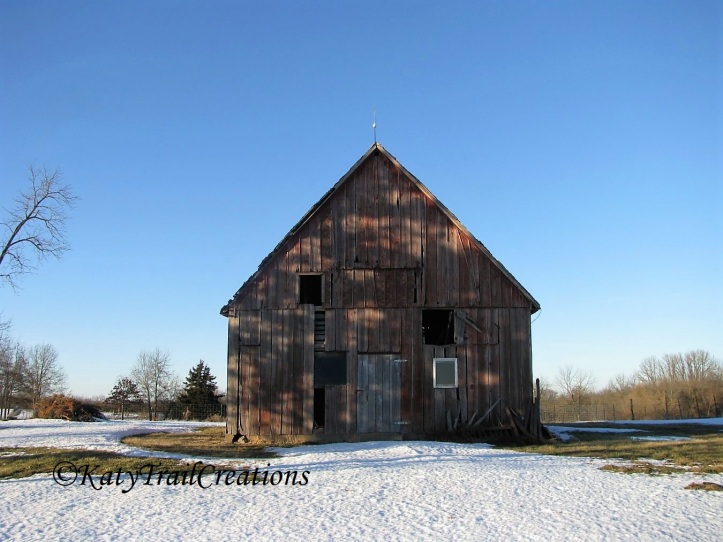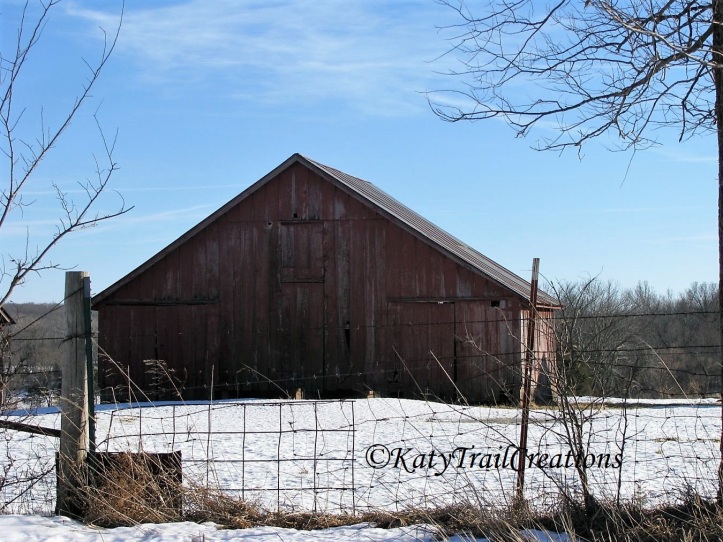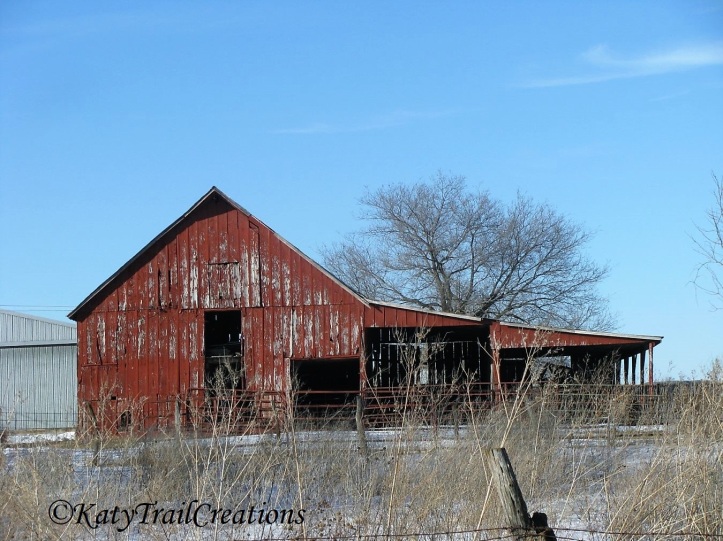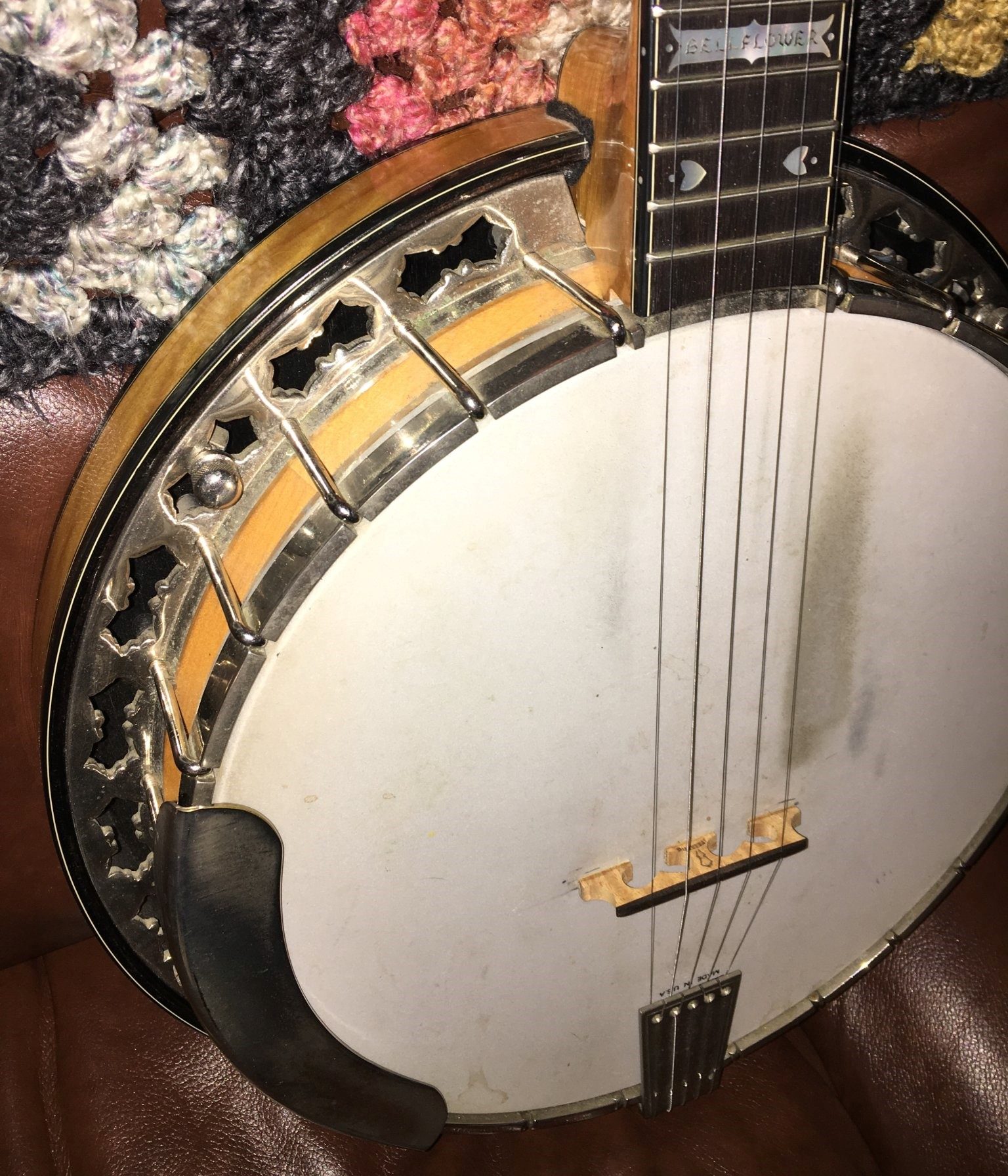Digging through the archives this week led me to some Red that will, once again, cover the Red prompt for today on Instagram and the Thursday Doors. Some unplanned time off led me down this road and I hope to be back on my photo-taking binges very soon.
To see other Thursday Doors entries, stop by Norm 2.0 and scroll down to the blue frog and click. You’ll see wonderful door posts from around the world.

The red is pretty washed out here, but it’s hanging in there. No snow currently in Missouri at this time. But I do remember trick-or-treating in snow!

Slightly more red and all doors seem to be present and accounted for.

Devoid of doors as far as I can tell. But the red is definitely showing best in my 3rd choice.
A little blast from the past since we’re on the topic of farms from “The History of Pettis County, Missouri 1882”
The first crops were principally corn. Oats, wheat, hemp, flax and rye were raised. The tame grasses were not cultivated. The wild grass was considered good for all stock and hundreds of tons of prairie hay were annually mown by hand and stacked for the winter feed. At an early day spring and fall wheat were both tried. The smut and the accumulation of chintz bugs on spring wheat early convinced the farmers of this section that it was an unprofitable crop. Fall wheat, although not extensively raised, has generally done well. With the early farmers, corn was the staple product, and became the staff of life for man and beast, and the failure of the corn crop brought almost a famine. On corn, the hardy settlers depended for Johnny cake, hominy, hasty pudding, and succotash. Corn was the principal feed for horses, swine, cattle, and sheep. In the early autumn, just as soon as the ears had sufficiently ripened, the farmer with his wife and family entered the corn field, and stripped the blades from the ear down, after which they were cured, bound into bundles, and stacked as provender for winter use. The tops of the stalks were cut above the ear, bound into bundles and shocked for the cattle.


I like the first photo, the hint of color and the flecks of sunlight.
LikeLiked by 1 person
Thank you! This was before iPhone and a reality check for me that cell phone pics can be really good but maybe a few Canon shots are in my future.
LikeLike
Handsome barns you captured here. 🙂
LikeLike
There are some great ones around here for sure! Thank you!
LikeLiked by 1 person
I love photos of barns, which bring back memories of my grandparents’ farm in Nebraska. A decaying barn makes me so sad.
janet
LikeLiked by 1 person
Glad to bring you back fond memories. So many farmers having tough times. Selling extra land to real estate companies just to get ahead.
LikeLiked by 1 person
Or, God forbid, those terrible factory farms!!!
LikeLiked by 1 person
No mega farms in this county thankfully 💕
LikeLiked by 1 person
I love old, battered barns! Thank you for checking out and following my blog!
LikeLiked by 1 person
Me too and you’re very welcome 😊
LikeLike